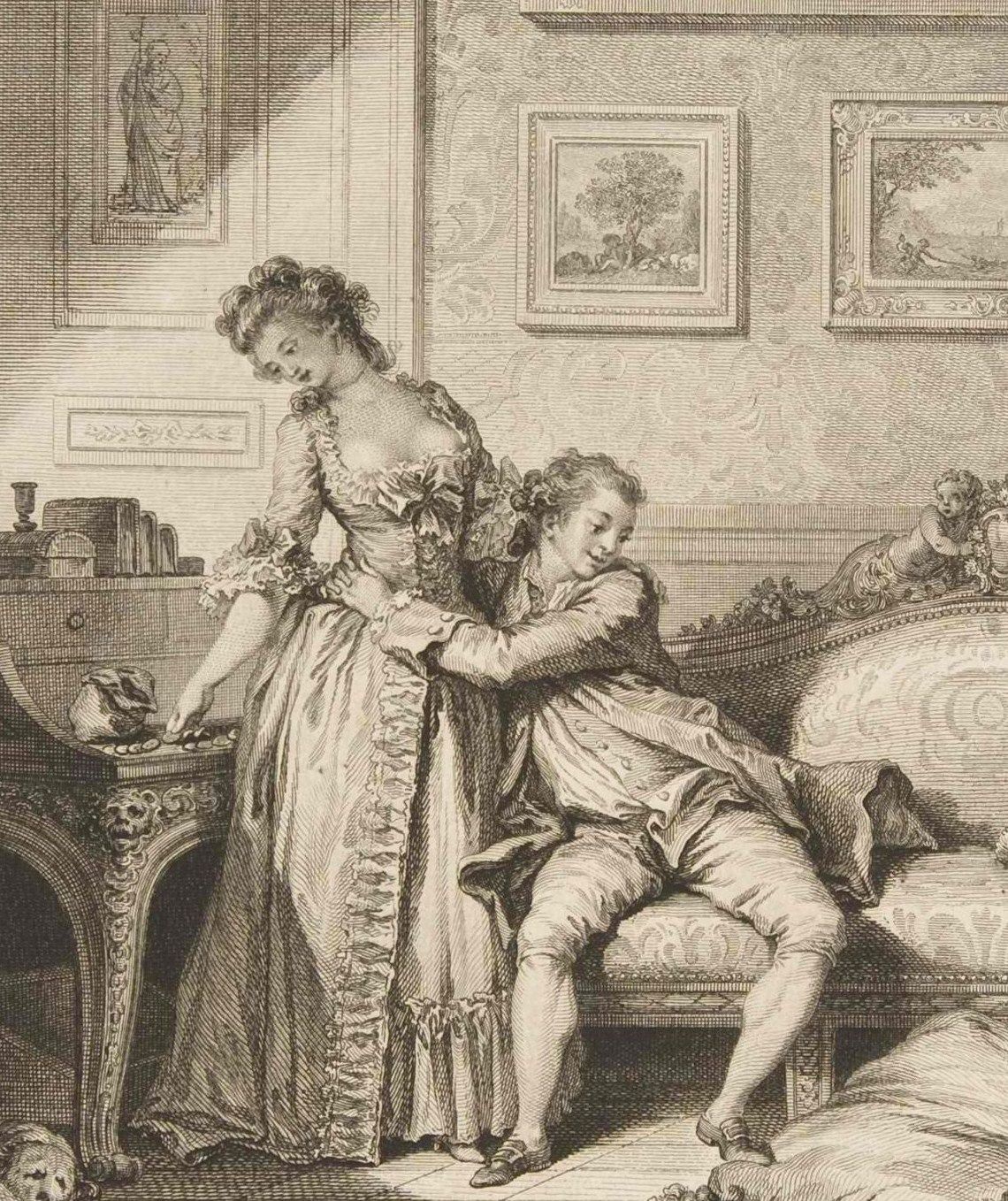Women's Writing
Special Issue, Vol. 11, No. 2 Summer 2004
Sex, Gender & The Female Body
This edition is dedicated to the memory of Professor Roy Porter who died on 3 March 2002. In keeping with the many conversations I had with him on the history of sex, gender and the body, the articles in this special issue are all around just those topics.
This issue is an attempt to retrieve women’s voices, women who found alternative ways to express themselves and their ideas on shocking subjects such as sex, crime, disease, the hysterical female body, spiritual corruption; travel and female independence. All relay the difficulties in pursuing an independent role in their time.
The article ranges from the early eighteenth century through to the end of the nineteenth century. The first two articles investigate definitions of the sexual woman: Jilt, slut, ‘woman of pleasure’ and whore were just a few of the many names attached to woman who stepped outside of the moral confines of their day. Certain images were devised to conjure various traits (and various attributes) to the eighteenth-century sexually active women, with women seeking their own ways in which to portray themselves. Moving on to the medical discourse, the presentation of midwifery manuals is examined to show how their written text, particularly in relation to childbirth, was influenced by gender. Analysis of the journal of lesbian, Anne Lister, provides insight into female homosexuality in the early nineteenth century, as well as probing medical problems on venereal disease. Venereal disease is also the subject of an examination of venereal disease in the context of a novel, that of Sarah Grand’s Heavenly Twins.
The fifth and sixth articles examine letters and pleas of the female criminal and how these declarations affected the definition of her sexuality: from the accused murderess to the female forgers of the notes of the Bank of England, gender played an important role in legal terms, and how their cases were dealt with. The wider world of nineteenth-century religion and travel are investigated through women’s writings on the threat of the Jesuits on vulnerable Protestant girls; and the free-spirited travelogues of front-page journalist, Grace Greenwood.
All these articles pull together the problems women face at the time because of their sexuality and their gender. All attempt to redefine their sexuality in the face of oppressive moral double standards. Through them, we find the voice of women who refused to be silenced. I would like to add my own personal thanks to all the contributors who have recaptured these women’s writings and provided us with vivid pictures of women of their time; and to Marie-Mulvey Roberts who suggested the idea.
Contents
1) Editorial
2) Bonnie Blackwell, “How the Jilt Triumphed over the Slut: The Evolution of an Epithet, 1660-1780”.
3) Julie Peakman, “Memoirs of Women of Pleasure: The Whore Biography, 1795-1825”.
4) Ernelle Fife, “Gender and Professionalism in Eighteenth-Century Midwifery”
5) Danielle Or “’I tell myself to myself’: Homosexual Agency in the Journals of Anne Lister, 1791-1840.
6) Jane McGrath, “(Mis)reading the Bloody Body: The Case of Sarah Malcolm”.
7) Deirdre Palk, “ ‘Fit Objects for Mercy’: Gender, the Bank of England and Currency Criminals, 1804-1833”.
8) Meegan Kennedy, “Syphilis and the Hysterical Female: Sexuality, Disease, and the Limits of Realism in Sarah Grand’s The Heavenly Twins”.
9) Diana Peschier, “Vulnerable Women and the dangers of Gliding Jesuits: England in the Nineteenth Century”.
10) Paula Garrett, An “Unprotected” Pilgrim; Or, A New Woman in the Old World: Grace Greenwood's Self-Sexualization in the Popular Press, 1875-76, ‘78-79.
11) Jad Adams Book ReviewNew paragraph


